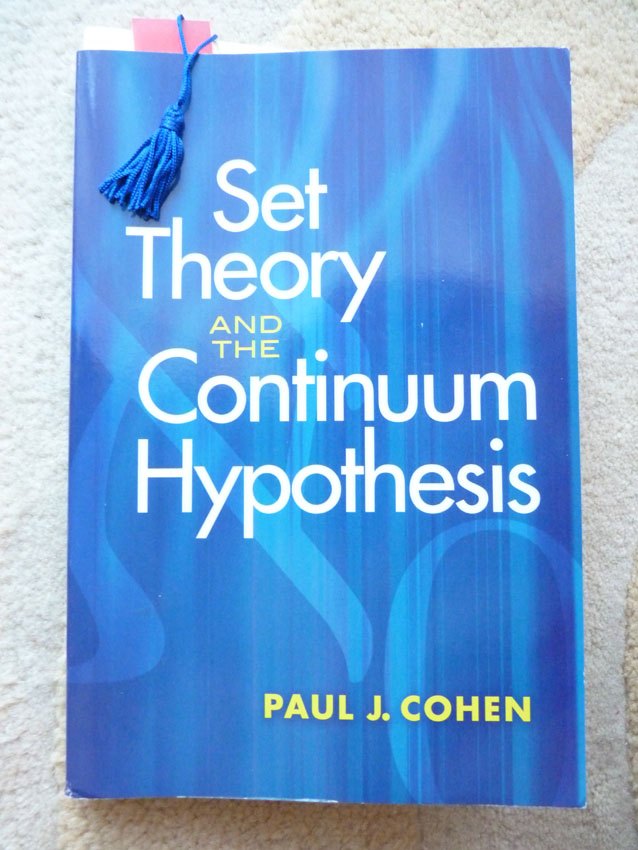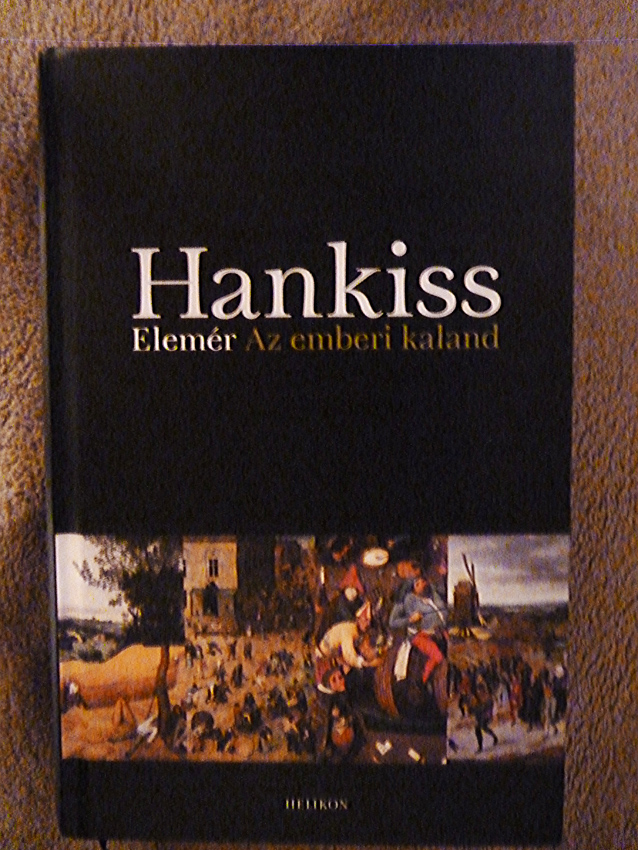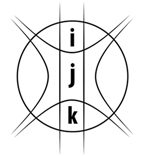Hyperbolic Calculus I
Why will we make an error if we are using the concept of Euclidean neighborhood and metric on the hyperbolic plane?
In the literature the derivation of the hyperbolic numbers is often introduced by the Euclidean neighborhood and metric on the hyperbolic plane. I present the related problems based on an article1 on the hyperbolic calculus.
Quote from the above mentioned article of A. E. Motter and M. A. F. Rosa:
“Now we turn to the hyperbolic numbers, P= M2. We employ in M2 the topological structure of R2, this could be seen as contradictory and is criticized (see [9]2). But it is the convention adopted in all the literature (see [10,11] for example) and we assume here this simplified point of view (leaving the suggestion made in [9] for a posterior work). This means that, despite of the Lorentzian structure of M2 we will be using the concept of neighborhood and making limits as if we were in R2.”3
________________________________
1See http://www.researchgate.net/publication/225328790_Hyperbolic_Calculus
2 See Zeeman E. C., The Topology of Minkowski Space, Topology, 6 (1967) 161.
3 Notations: P means the hyperbolic plane, M2 indicates the Minkowski 2-dimensional space time, R2 signifies the plane with the Euclidean metric.
After registration, you may ask for a translation of the full text by email.
On the Dimensions
The 3 +1 dimensions of space-time and two-element numbers
The hyperbolic number plane as space-time model is very intuitive, if the space is used only in one dimension. A lack arises however, since we perceive the space as three-dimensional one. Thus we would like to have a kind of numbers – possibly more-element numbers – that it is correctly model the four-dimensional space-time. Yet I think it is far away enough to get a generalization of number concept which includes the two-element numbers presumably as its fundamentals. The geometry helps for this generalization in my opinion but by that I mean the idea is not exactly what today is known as the geometric concept of numbers. In order to develop this concept of numbers I would like to think through our ideas of dimensions.
After registration, you may ask for a translation of the full text by email.
On the New Infinity
Let two Poincaré's quotation for an abstract:
„It has, for instance, been observed that a weight A of 10 grammes and a weight B of 11 grammes produced identical sensations, that the weight B could no longer be distinguished from a weight C of 12 grammes, but that the weight A was readily distinguished from the weight C.
Thus the rough results of the experiments may be expressed by the following relations:
A=B,
B=C,
A < C,
which may be regarded as the formula of the physical continuum.
But here is an intolerable disagreement with the law of contradiction, and the necessity of banishing this disagreement has compelled us to invent the mathematical continuum.”1
"There is no actual infinite; the Cantorians have forgotten this, and that is why they have fallen into contradiction."2
_____________________________
1 Poincaré, Science and Hypothesis, http://strangebeautiful.com/other-texts/poincare-science-hypothesis.pdf
2 See for example: http://books.google.hu/books?id=v4tBTBlU05sC&pg=PA190&hl=hu#v=onepage&q&f=false
After registration, you may ask for a translation of the full text by email.
The Mathematics and the Time
I always deem the mathematics as ultra-idealization because it does not deal with the time requirements of its procedures. This seems inadequacy in those procedures which have infinite number of steps. With the computers' appearance the analysis of algorithm (determination of the amount of resources such as time and storage) became important. In the pure mathematics the timeless procedures are natural, the complexity theory counts as an exception in this question.
The Axiom of Choice and the Continuum Hypothesis

I am very interested in the relation between the axiom of choice and the continuum hypothesis. In 1900 David Hilbert mentioned the continuum hypothesis as the first between the important mathematical problems. Kurt Gödel and Paul Cohen1 gave the solution in the middle of the twentieth century. We know based on the proof of Gödel and Cohen that the continuum hypothesis is consistent and independent assuming ZF2. The same is true of the axiom of choice.
____________________________
1I am now reading the book of Cohen, Set Theory and the Continuum Hypothesis /Dover (2008) unabridged republication of the edition published by W.A. Benjamin, Inc., New York, 1966. Copyright renewed 1994 by Paul J. Cohen.
2 Zermelo-Fraenkel Set Theory
The i and the ÉS

Content1
1. The i of Mircea Cărtărescu
2. Meantime – for 80 years old László Bertók, Poem by Balázs Lázár
________________________________
ÉS is the abbreviation of “Élet és Irodalom”, which is a literary and political weekly.
Do we live really solitarily in a frosty and unfriendly universe?
Many people regard the text in the title as a rhetorical question, because this dilemma cannot be answered with our current level of knowledge. This topic is closely related to our ideas about the meaning of life. It would be good to know; whether humankind appeared as a curio in the altering but inanimate material world, or the humanity was the consequence of the inevitable series of the reasons, or mankind was the result of a targeted program.1
_______________________________
1 This writing was inspired by the book The Human Adventure by Elemér Hankiss
Elemér Hankiss, The Human Adventure

Instead of an obituary
In difficult times of my life some of my friends advised me to perceive my hardship as an adventure. Elemér Hankiss also regarded his hardship as adventure in his scientific and public life. In his book titled “The Human Adventure” Elemér Hankiss shared his thoughts with us on the odyssey of mankind; on the adventurous change of the human culture and on the everlasting culture in the changes.
As sobriety as 2x2
More and more often I am reminded of an old school experience. In elementary school I was the sixth or seventh grade, when a primary school schoolmistress on an arithmetic clock substituted, and in the course of one of the tasks 0.6 divided by 0.2 was equal to 0.3. I was surprised, and I started feeling uncomfortably. In the end I raised my hand, and I corrected that 0.6 divided by 0.2 is equal to 3. By this hell broke loose.
Brief thoughts on Lee Smolin's book III
Finale
Contents
1. Smolin and the Information
2. About the Space
3. The Direction of the Time
4. Smolin and the Mathematics



